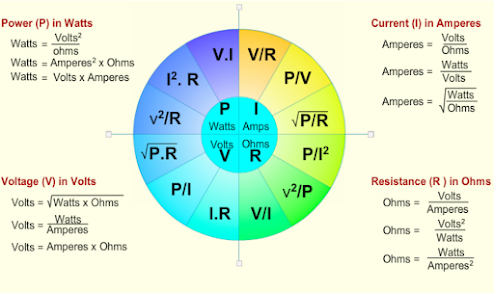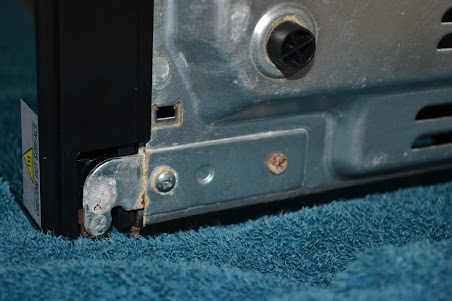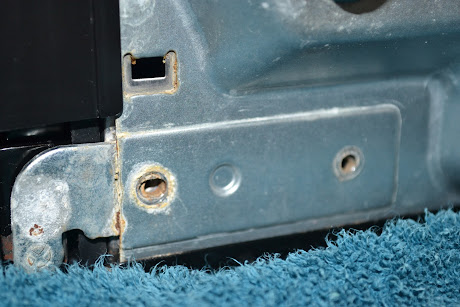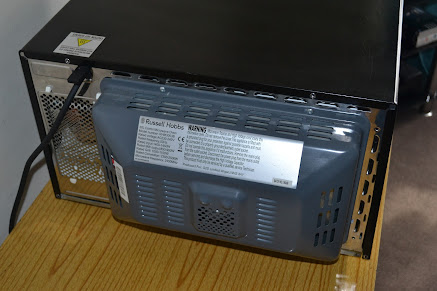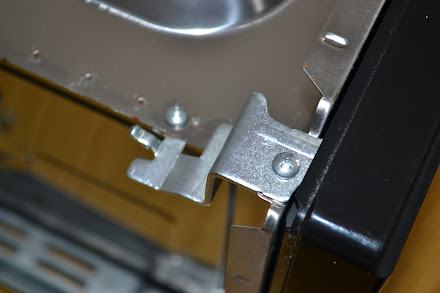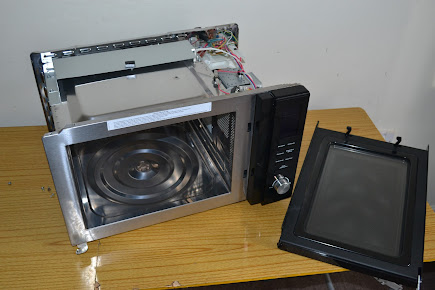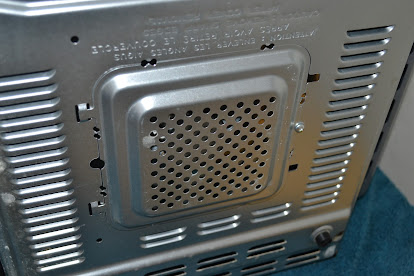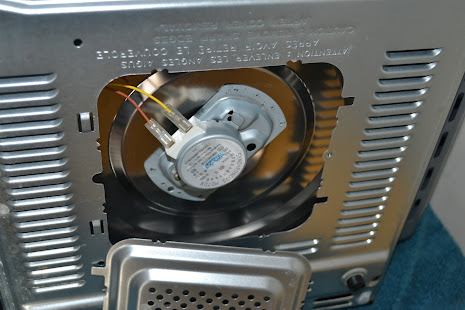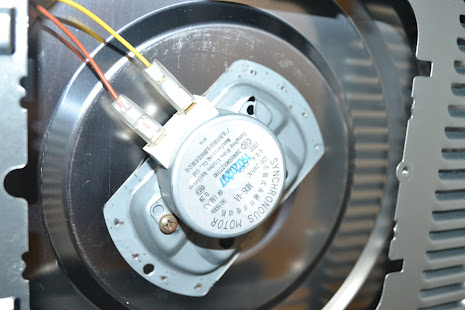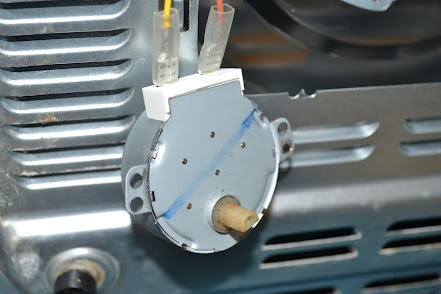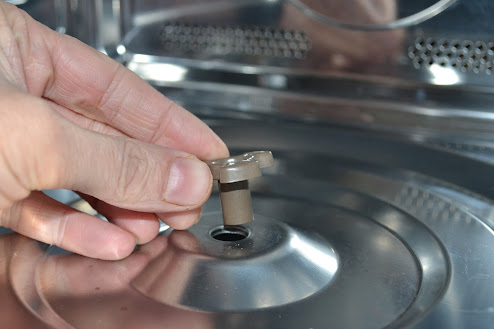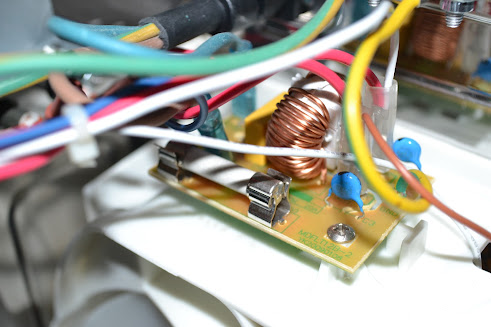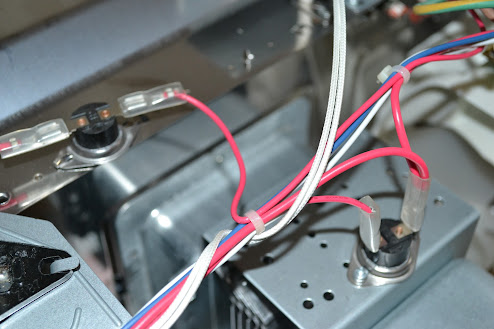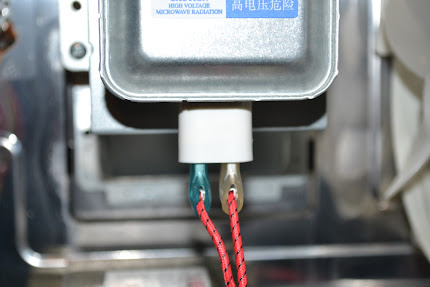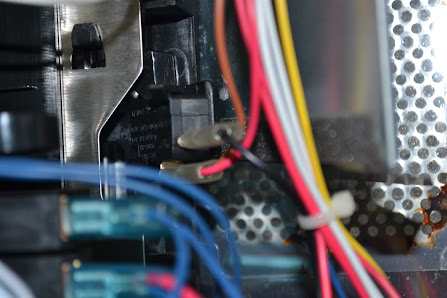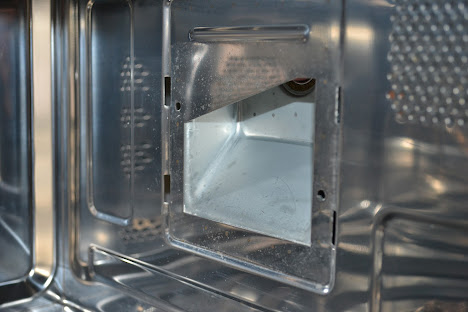Just a few of the term used in this blog and short description of what is meant by it.
Ohms law is the relationship between Voltage Volt, Current Amps and Resistance OHM.
Voltage, current and resistance.
Voltage is the power of the supply and can be 6v 12v or even 230v in a home.
Current is the measurement of the amount of electricity a load is taking the larger the load the larger the current and also the larger the wiring needs to be , Amps and be AC alternating or DC direct current, Usually 230v AC in domestic homes.
Resistance is any restriction the electricity current has to face when travelling through the circuit and can be the wire and connection or terminal and the load itself will have a determined resistance than can be measured in Ohms.
Hertz , the way a generator works it will create AC alternating current this means it reverse direction of current, the amount of cycles per second between Positive and Negative is know as hertz in the UK its set a 50hz or 50 cycles per second.
Power Is a measure of the electrical energy used by a component measured in watts. 100 watt light bulb, 1800w or 1.8Kw element.
You need to know a little about these in order to understand how to fault find, its best to watch youtube videos and animations to understand this but its all relatively straight forward.
Use the triangle to calculate any of the needed value divide blow into top and Multiply the lower.
Here is an example - The resistance of a heater element is 20 ohms the measure voltage and UK domestic voltage is 230v to find current devide 230 / 20 = 11.5 Amps.


